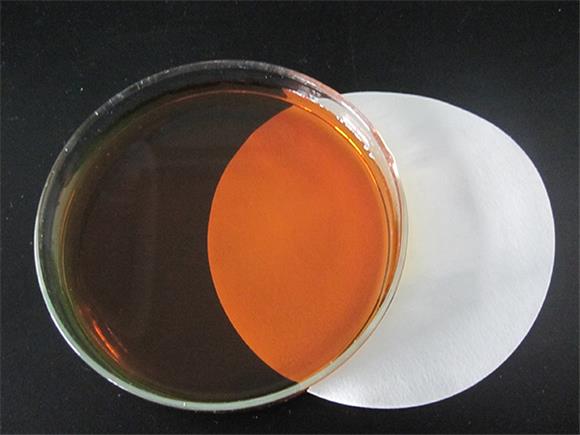
News
Aug . 16, 2024 19:12 Back to list
CE Certification for Dental Chelating Agents in Oral Health Applications
Understanding CE Certification for Chelating Agents in Dentistry
In the realm of dental practices, the significance of quality control and safety standards cannot be overstated. One area that has garnered attention is the use of chelating agents, particularly in relation to their CE (Conformité Européenne) certification. This certification indicates that a product meets the necessary safety, health, and environmental protection standards required for it to be marketed within the European Economic Area (EEA). This article aims to shed light on the importance of CE certification for chelating agents used in dental applications.
What are Chelating Agents?
Chelating agents are compounds that can form multiple bonds with a single metal ion. In the context of dentistry, they are primarily used for the removal of inorganic ions, which are often unwelcome in various dental procedures. For instance, chelating agents can help in procedures such as the removal of calcium buildup in root canal treatments or the management of heavy metal toxicity in patients. Common examples of chelating agents used in dentistry include EDTA (ethylenediaminetetraacetic acid) and citric acid.
Importance of CE Certification
CE certification serves as a crucial marker of product quality and compliance with European regulations. For dental practitioners, using CE-certified chelating agents ensures that they are employing products that have been rigorously tested for both efficacy and safety. Here are several reasons why CE certification is vital
1. Safety Assurance CE certification signifies that the product has been evaluated for safety, thereby minimizing risks associated with its use. In dentistry, patient safety is paramount, and the use of certified chelating agents ensures that the materials used do not pose any undue health risks.
2. Efficacy A CE certification indicates that a product has been tested for its effectiveness. For chelating agents, this means that they have been demonstrated to reliably perform their intended function—removing unwanted ions or facilitating dental procedures—under controlled conditions.
ce certification chelating agent dental

3. Regulatory Compliance CE marking helps dental practitioners comply with local and international regulations. Using products that lack CE certification could result in legal repercussions and might put dental practices at risk.
4. Market Access For manufacturers, obtaining CE certification is essential for marketing their products within the EU. This opens up a larger market and demonstrates a commitment to quality.
5. Consumer Confidence For dental patients, seeing the CE mark on products used in their care can enhance confidence in the procedures they undergo. It indicates a level of commitment to safety and quality from their dental care providers.
Challenges in CE Certification
While the benefits are significant, there are challenges faced by manufacturers seeking CE certification for their chelating agents. The process can be complex and costly, requiring thorough documentation and testing. Additionally, manufacturers must stay updated with the evolving regulations surrounding medical and dental products to maintain compliance.
Conclusion
In conclusion, CE certification is an indispensable aspect of using chelating agents in dentistry. It ensures safety, efficacy, and compliance, which are vital for both practitioners and patients. As regulatory landscapes continue to change, it is essential for dental professionals to remain informed about the certification status of the products they use. Ultimately, this diligence not only enhances patient outcomes but also fosters trust in the dental profession as a whole.
-
Polyaspartic Acid Salts in Agricultural Fertilizers: A Sustainable Solution
NewsJul.21,2025
-
OEM Chelating Agent Preservative Supplier & Manufacturer High-Quality Customized Solutions
NewsJul.08,2025
-
OEM Potassium Chelating Agent Manufacturer - Custom Potassium Oxalate & Citrate Solutions
NewsJul.08,2025
-
OEM Pentasodium DTPA Chelating Agent Supplier & Manufacturer High Purity & Cost-Effective Solutions
NewsJul.08,2025
-
High-Efficiency Chelated Trace Elements Fertilizer Bulk Supplier & Manufacturer Quotes
NewsJul.07,2025
-
High Quality K Formation for a Chelating Agent – Reliable Manufacturer & Supplier
NewsJul.07,2025
